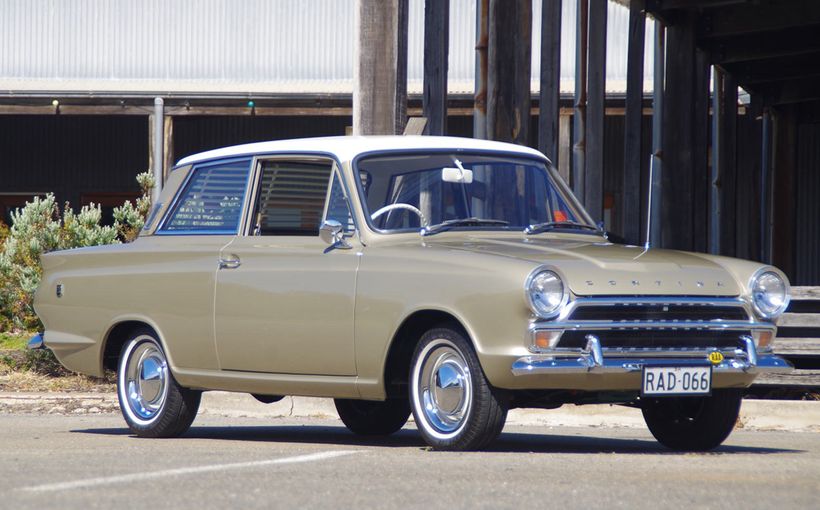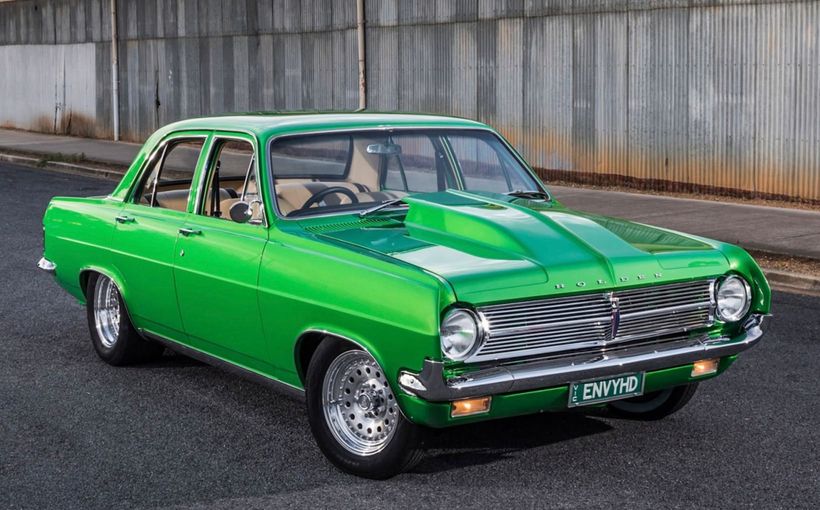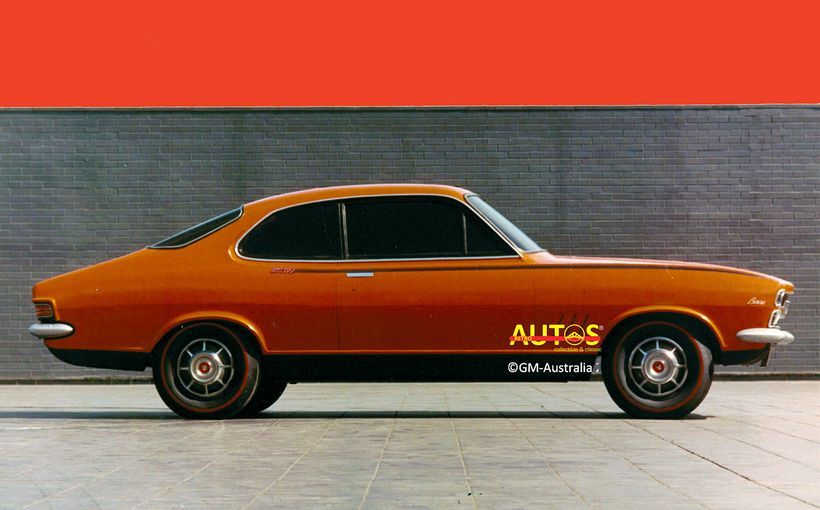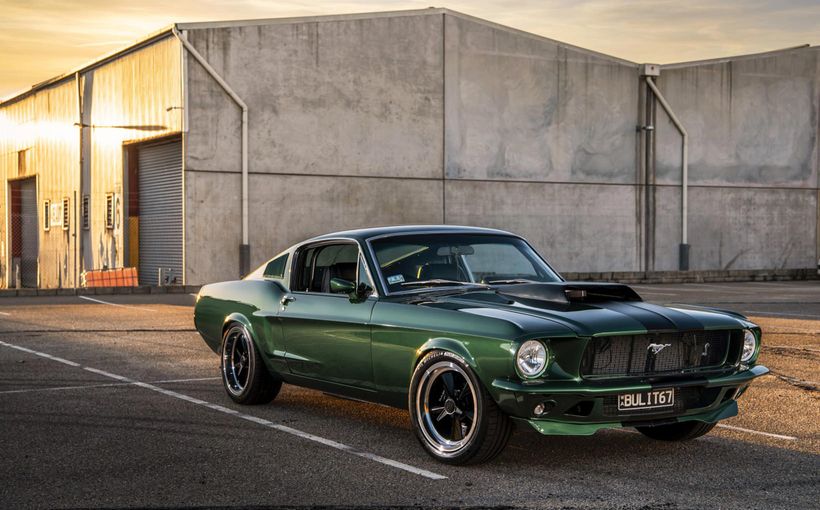Holden and Ford dashboards you NEVER saw. Secret photos revealed

What part of your car do you look at the most? It’s the dashboard!
Always in our eyeline, dashboards have evolved from a simple means of protecting carriage occupants from the mud and road debris kicked up by horses’ hooves, and the front wheels of early cars, to complex interactive information and entertainment centres and the next line of life/injury protection after seat belts.


There was a time when dashboards were almost like juke boxes, outlandishly festooned with chromed dials, knobs and gauges embedded in hard edged metal with little or no thought to safety. That is no longer the situation.


John Field, the former design manager at Holden, chatted with me about the challenges of interior design in the 21st century.
“The dimensions of the available design space are unbelievably tight and the consequences of getting it wrong are immense. Safety is the primary focus. Regulations vary around the world and ensuring a dashboard for a car that will sell in many markets meets them all is not negotiable—it just has to. Human factors are also important. Controls have to be placed where occupants naturally and intuitively expect them to be within easy reach. The surface material of a dashboard is also determined by what lies behind it. This is so critical with passenger air bags. That surface has to be highly durable yet easily broken to allow the airbag to inflate without damage.”
John commented that Holden’s overall approach was to make dashboards as slim and as narrow as possible.
“It was termed ‘down and away’. The idea was to get it as down low as possible to provide the most forward vision and angle it away from occupants to provide the most space.”
Everything behind the dashboard’s surface fights for space. As John notes:
“We would have endless meetings about how we could fit all of the electrical wiring, safety equipment, air conditioning ducts and structural supports while still ensuring a pleasing surface design. For example, the engineers would want air conditioning ducts that have as few twists and turns as possible to aid cooling effectiveness. But, so often those ducts would have to twist and turn. The knock-on effect is that you would then need a higher capacity fan which can add to noise. It was always a balance between effectiveness, efficiency and design. But always, the primary focus is safety.”


The design process has not really changed since way back when. Just as the exterior starts with an idea sketched on paper or a computer screen, so too dashboards. Designs are selected and full-size mock ups constructed. Clay is still used because changes can be made easily.
For every dashboard that has appeared in a car, many more proposals were rejected. I’ve been searching the secret files of Ford and Holden to find examples of dashboards that never made it beyond the locked security doors of the styling studios. Here is what I uncovered.
FJ Holden
Holden’s chief stylist in the 1950s, Alf Payze, sketched two beautiful proposals for the FJ.


In August 1950, these two American proposals were considered for the FJ. Note that one is padded.


When the FJ was released, its dashboard retained most of the 48-215 design themes, in order to save costs.

FE Holden
A proposed FE dashboard is seen here installed in a wooden seating mock-up. It is based on one of the rejected FJ ideas. The production version was much more stylish.


FB Holden
Two proposed FB facias and the final version. The dashboard in the FB/EK was the last all-metal to be seen in a Holden. From the EJ onwards, some form of crash padding would be applied.


HD Holden
The HD was designed by Leo Pruneau in the USA. The dashboard theme was developed in the GM truck studio in parallel with the exterior.


Whilst the mock up design looks similar to the final version, some instrument and dial locations differ. Note how the automatic gear indicator uses the American HydraMatic gear sequence. The HD used the two speed PowerGlide transmission.


HK Holden
The early work on the HK range was started in the USA in May 1964, again led by Leo Pruneau. Two ideas were considered. One had a central glove box and air flow outlets. This would have made it very easy to build in left and right and drive.


These photos compare the two proposals. The second proposal had the glove box located on the passenger side and large “eyeball” air flow vents at each end of the facia.


Protruding knobs and the small strip speedo would be eliminated as the design process moved into a “down and away “mode that focused on safety.

By the end of 1964 the HK project had been moved to Melbourne. The final shape of the HK dashboard can be seen emerging in these photos.


The black and white photo shows the increasing influence Australia’s new automotive safety regulations were having on interior styling. The dashboard shape is moving “down and away”. Knobs have been shifted up higher in the dashboard to better protect occupants’ knees and legs in the event of a crash. Much was made by Holden’s publicity department of the HK’s collapsible steering column. The words “energy absorbing” were pressed into the horn bar.


ZC Fairlane
Ford’s Fairlane dashboards always needed to look more impressive than the humble Falcon facias on which they were based. It you were paying top dollar for a Fairlane, you wanted to sit behind something impressive! Compare this rendering of what the Ford design team suggested for the ZC Fairlane in late 1966 with the eventual outcome. The horizontal theme, which emphasises width, was refined into more of a driver centric design. Both themes were considered during 1967.


Irrespective of the dashboard shape, the Fairlane retained the horizontal strip speedo which clearly differentiated it from the Falcon which featured large round dials.


HQ Holden
Initial ideas for the HQ included each model’s descriptor being displayed in front of the passenger in a slightly recess section. That idea was replaced with a smooth surface, no doubt because of safety and cost considerations.


The mock up interior is for a Statesman with a bench seat. Note the three flow-through air vents. The production HQ made do with two vents across the entire range.


LH Torana
There were high hopes that the LH Torana dashboard would be an advance on the HQ’s. As I revealed in the LH Torana chapter in volume 2 of my Design to Driveway book series, a sculptured fascia had been designed but Holden’s top executives were eager to gain exports. That meant the dashboard had to accommodate left and right-hand drive configurations. A flat symmetrical fascia was the easiest and cheapest to make and that’s what went into production. The exports never eventuated and the sculptured dashboard became yet another great idea we never saw.


Retroautos is written and published by David Burrell with passion and with pride. A special thanks to John Kyros at the GM Heritage Centre for sourcing many of the images used in this story and to John Field for his insights and comments.









